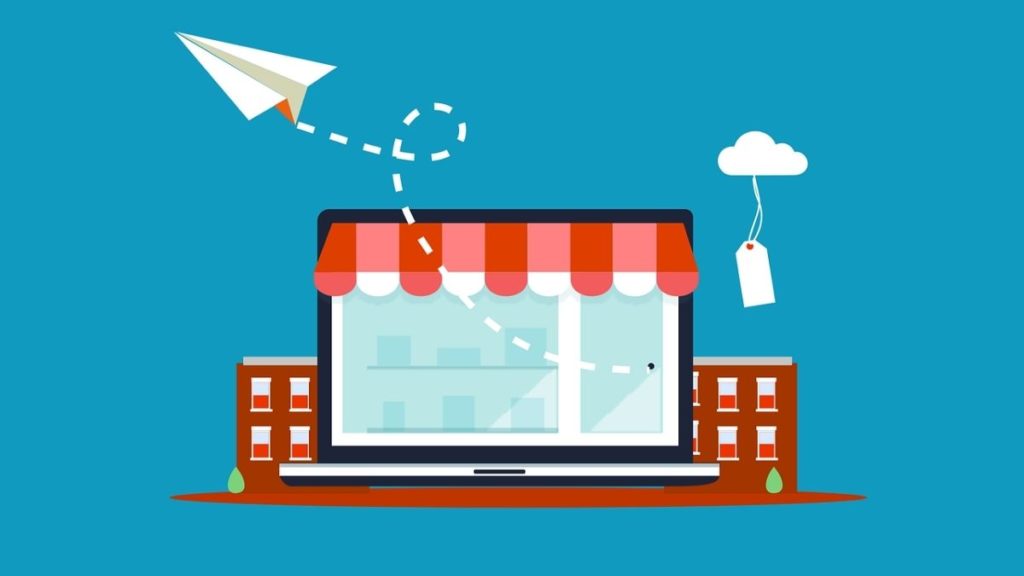By Jonathan Allan, CMO, Puzzel
The Covid-19 pandemic has radically changed how people shop. Online sales grew by more than 40% last year and have remained strong despite the reopening of high streets and shopping centres. Shopper expectations around the availability and quality of customer services have also risen.
Our recent survey of 1,000 UK consumers revealed there is no longer one clear preferred channel for customer service. People simply want to be able to get in touch whenever and however is most convenient in the moment, and to move easily between channels if they need. Seventy-six per cent also want a personalised customer experience when engaging with a brand. They expect customer service agents to know exactly what they want, when they want it, where it needs to be delivered, and how.
In this new retail landscape, brands need to get smarter. Our research reveals a clear demand for more convenient and tailored customer services, both in-store and online. Get it right, and customers will pay up to 9% more on a product or service. But get it wrong, and they won’t hesitate to go elsewhere.
So how can retailers deliver smarter CX? Here are a few extra takeaways from our research.
The rise of the chatbot
Chatbots are used across a wide range of industries today, helping people to diagnose illnesses, learn new languages, buy goods, make dinner reservations, keep up with the news, and even ease loneliness. Where chatbots have truly thrived, however, is in customer service.
Chatbots and virtual agents provide shoppers with a fast and convenient way to self-service online, answering questions and fulfilling simple service tasks 24 hours a day, 365 days a year. The latest bots can also be trained to recognise customers as they enter an online store, track their browsing behaviour and anticipate their needs to provide proactive sales support.
From an efficiency standpoint, chatbots also make great first responders for call centres. Our research found the average British shopper will wait just 6.81 minutes on hold before they become dissatisfied that nobody has attended to them. In their need for speed, two thirds said they would consider talking to a chatbot if their query could be resolved faster.
That said, chatbots should not be used as a substitute for live customer service. Which? recently questioned the efficiency of chatbots for making customer complaints, and in the middle of a global pandemic, I’m not surprised anxious and disgruntled customers said they had a better experience speaking directly with staff. Despite a huge upswing in digital adoption and more people now shopping online, our research found that 21% of people still prefer to seek customer service in-store or face to face. While chatbots and other automated channels are on the rise, human agents are still much more effective at supporting vulnerable customers and resolving emotional enquiries.
For the best customer experience, chatbots should be able to seamlessly handover to a live agent when required. The point is to offer a smarter way for customers to connect and shop, not to build up digital walls.
Video in customer service
Every day, millions of people now use video to connect with their colleagues, friends and family. Last year, video also made its debut on Salesforce’s top 10 most-preferred channels for customer service. And yet, our research found 57% of consumers have never used video for shopping or retail support.
Clearly there is huge growth potential for retailers in this space. Video enables brands to serve customers face-to-face, wherever they are, and with visual aids, making it perfect for demonstrating products, assisting with purchases, and delivering personalised consultations. Take buying a new set of kitchen cabinets, for example. Instead of trying to describe what their current kitchen looks like, as well as space limitations and what they would like to improve, customers could simply video chat with a customer service agent and show them in real-time. Video also offers additional benefits, including the ability to serve customers who are deaf via sign language.
Data and trust
While most customers now expect a personalised experience when shopping online, our research also shows 55% are not comfortable granting brands permission to collect their data. This desire for tailored service, yet hesitancy to hand over personal details, paints a challenging picture for retailers and underlines the importance of building stronger relationships with customers.
To earn customers’ trust, retailers need to offer transparency, security and value. Customers need to know exactly how their data is being used, how it’s being protected, and experience the value that it can bring to their shopping experience.
Retailers can also consider using tools such as speech analytics and sentiment analysis. These technologies are designed to help companies learn more about their customers and what makes them tick. For example, speech analytics enables customer service teams to analyse customer feedback from thousands, even millions of customer calls, which can then be used to assess the overall perception and performance of a brand. The data can unearth opportunities for campaigns and giveaways, potential pain points or barriers to purchase, and help brands identify the key drivers behind their customers’ loyalty.
Time to get smarter
The Covid-19 pandemic has given rise to a new digital economy. Now more than ever, retailers have an opportunity to differentiate themselves from the competition by delivering smarter customer experiences.









